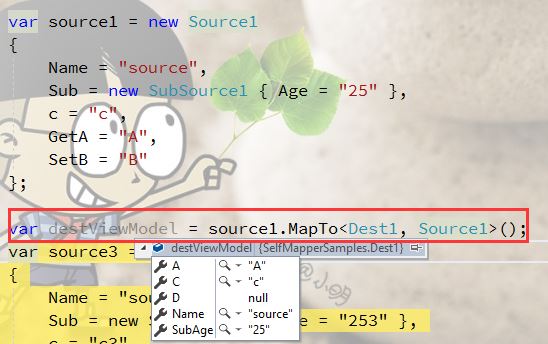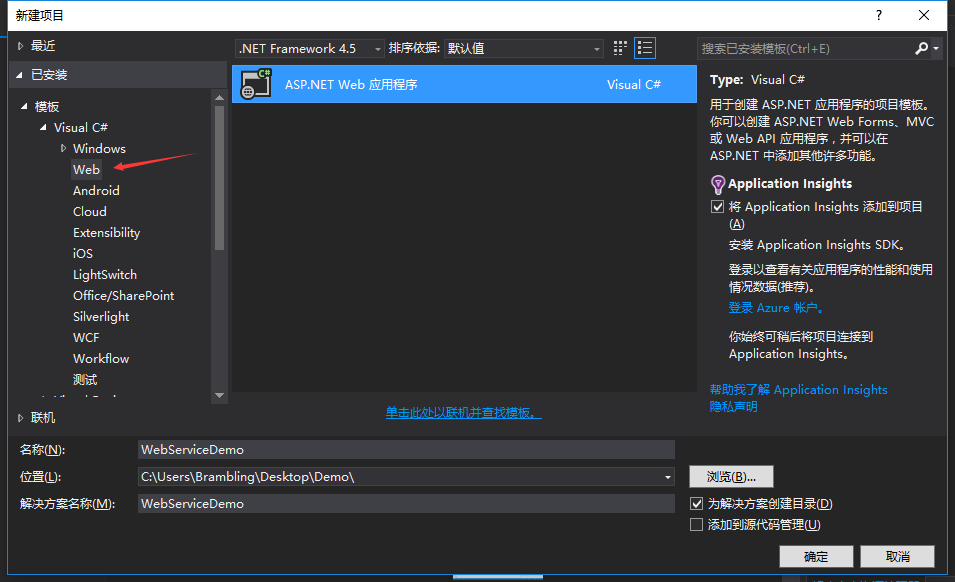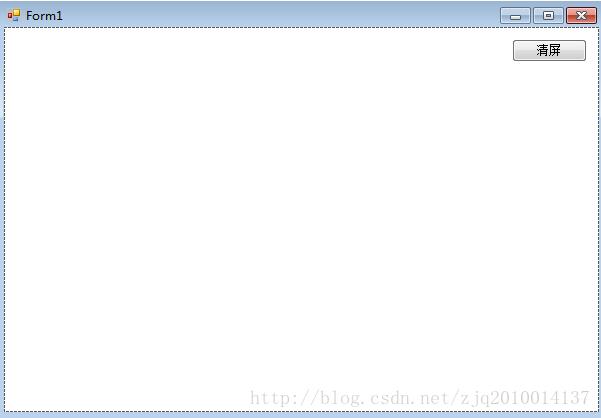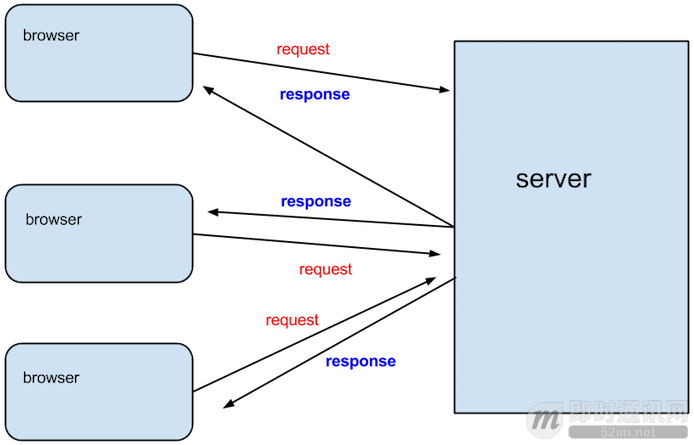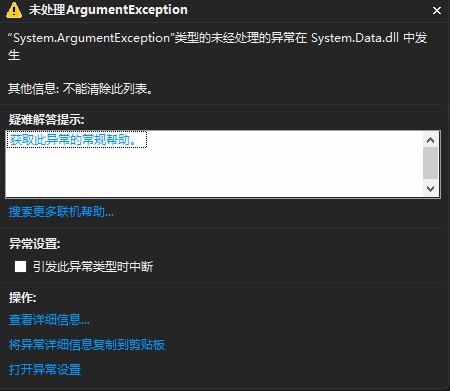这篇文章主要介绍了c# 通过代码开启或关闭防火墙的示例,帮助大家更好的理解和使用c#,感兴趣的朋友可以了解下
通过代码操作防火墙的方式有两种:一是代码操作修改注册表启用或关闭防火墙;二是直接操作防火墙对象来启用或关闭防火墙。不论哪一种方式,都需要使用管理员权限,所以操作前需要判断程序是否具有管理员权限。
1、判断程序是否拥有管理员权限
需要引用命名空间:System.Security.Principal
/// <summary>
/// 判断程序是否拥有管理员权限
/// </summary>
/// <returns>true:是管理员;false:不是管理员</returns>
public static bool IsAdministrator()
{
WindowsIdentity current = WindowsIdentity.GetCurrent();
WindowsPrincipal windowsPrincipal = new WindowsPrincipal(current);
return windowsPrincipal.IsInRole(WindowsBuiltInRole.Administrator);
}2、注册表修改防火墙
需要引用命名空间:Microsoft.Win32
/// <summary>
/// 通过注册表操作防火墙
/// </summary>
/// <param name="domainState">域网络防火墙(禁用:0;启用(默认):1)</param>
/// <param name="publicState">公共网络防火墙(禁用:0;启用(默认):1)</param>
/// <param name="standardState">专用网络防火墙(禁用:0;启用(默认):1)</param>
/// <returns></returns>
public static bool FirewallOperateByRegistryKey(int domainState=1, int publicState = 1, int standardState = 1)
{
RegistryKey key = Registry.LocalMachine;
try
{
string path = "HKEY_LOCAL_MACHINE\\SYSTEM\\ControlSet001\\Services\\SharedAccess\\Defaults\\FirewallPolicy";
RegistryKey firewall = key.OpenSubKey(path, true);
RegistryKey domainProfile = firewall.OpenSubKey("DomainProfile", true);
RegistryKey publicProfile = firewall.OpenSubKey("PublicProfile", true);
RegistryKey standardProfile = firewall.OpenSubKey("StandardProfile", true);
domainProfile.SetValue("EnableFirewall", domainState, RegistryValueKind.DWord);
publicProfile.SetValue("EnableFirewall", publicState, RegistryValueKind.DWord);
standardProfile.SetValue("EnableFirewall", standardState, RegistryValueKind.DWord);
}
catch (Exception e)
{
string error = $"注册表修改出错:{e.Message}";
throw new Exception(error);
}
return true;
}3、直接操作防火墙对象
需要在项目引用中添加对NetFwTypeLib的引用,并引用命名空间NetFwTypeLib
/// <summary>
/// 通过对象防火墙操作
/// </summary>
/// <param name="isOpenDomain">域网络防火墙(禁用:false;启用(默认):true)</param>
/// <param name="isOpenPublicState">公共网络防火墙(禁用:false;启用(默认):true)</param>
/// <param name="isOpenStandard">专用网络防火墙(禁用: false;启用(默认):true)</param>
/// <returns></returns>
public static bool FirewallOperateByObject(bool isOpenDomain = true, bool isOpenPublicState = true, bool isOpenStandard = true)
{
try
{
INetFwPolicy2 firewallPolicy = (INetFwPolicy2)Activator.CreateInstance(Type.GetTypeFromProgID("HNetCfg.FwPolicy2"));
// 启用<高级安全Windows防火墙> - 专有配置文件的防火墙
firewallPolicy.set_FirewallEnabled(NET_FW_PROFILE_TYPE2_.NET_FW_PROFILE2_PRIVATE, isOpenStandard);
// 启用<高级安全Windows防火墙> - 公用配置文件的防火墙
firewallPolicy.set_FirewallEnabled(NET_FW_PROFILE_TYPE2_.NET_FW_PROFILE2_PUBLIC, isOpenPublicState);
// 启用<高级安全Windows防火墙> - 域配置文件的防火墙
firewallPolicy.set_FirewallEnabled(NET_FW_PROFILE_TYPE2_.NET_FW_PROFILE2_DOMAIN, isOpenDomain);
}
catch (Exception e)
{
string error = $"防火墙修改出错:{e.Message}";
throw new Exception(error);
}
return true;
}以上就是c# 通过代码开启或关闭防火墙的详细内容,更多关于c# 防火墙的资料请关注得得之家其它相关文章!
沃梦达教程
本文标题为:c# 通过代码开启或关闭防火墙


猜你喜欢
- C# 使用Aspose.Cells 导出Excel的步骤及问题记录 2023-05-16
- .NET CORE DI 依赖注入 2023-09-27
- user32.dll 函数说明小结 2022-12-26
- c# 模拟线性回归的示例 2023-03-14
- Oracle中for循环的使用方法 2023-07-04
- WPF使用DrawingContext实现绘制刻度条 2023-07-04
- 如何使用C# 捕获进程输出 2023-03-10
- 在C# 8中如何使用默认接口方法详解 2023-03-29
- Unity3D实现渐变颜色效果 2023-01-16
- Unity Shader实现模糊效果 2023-04-27
